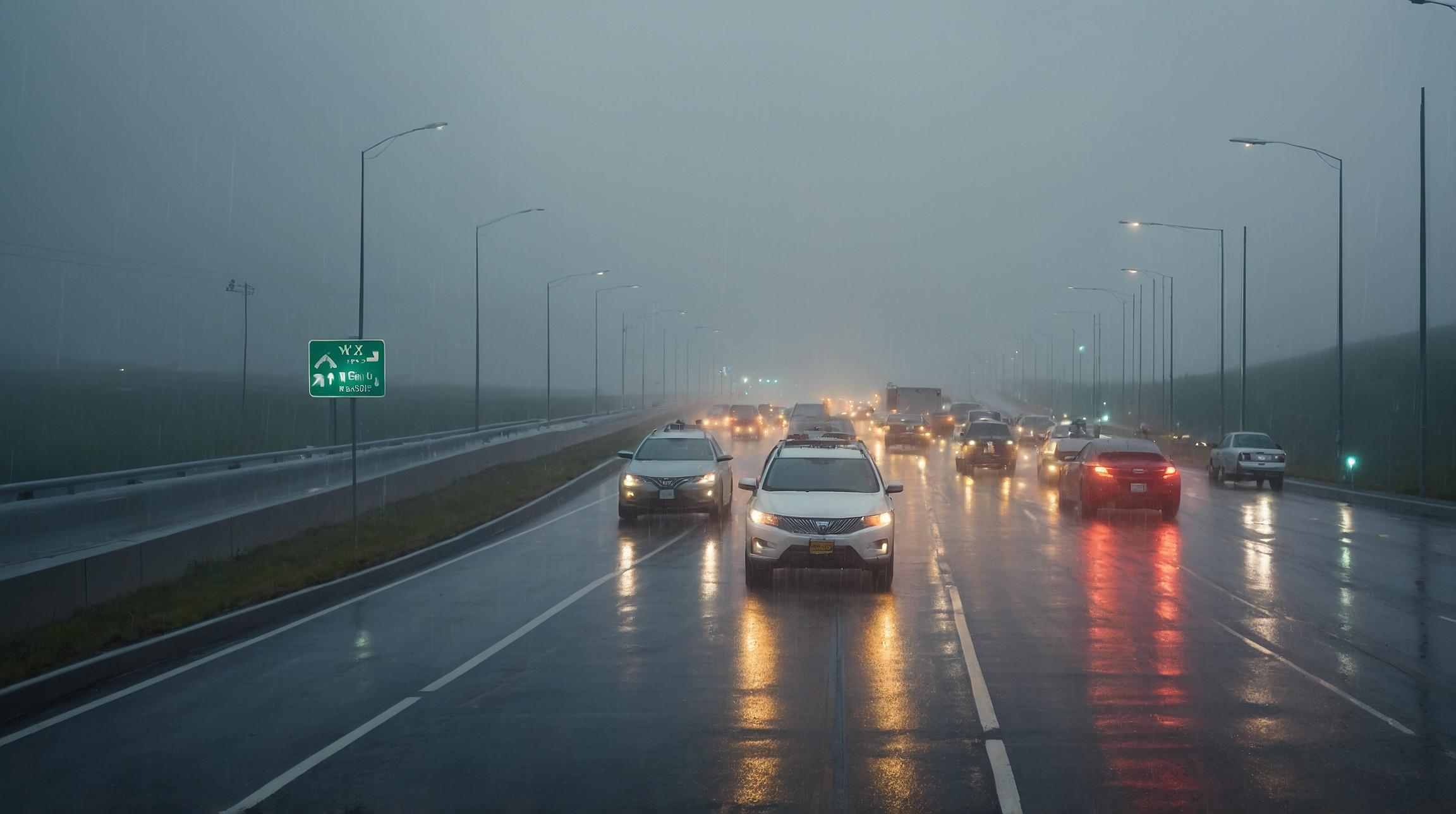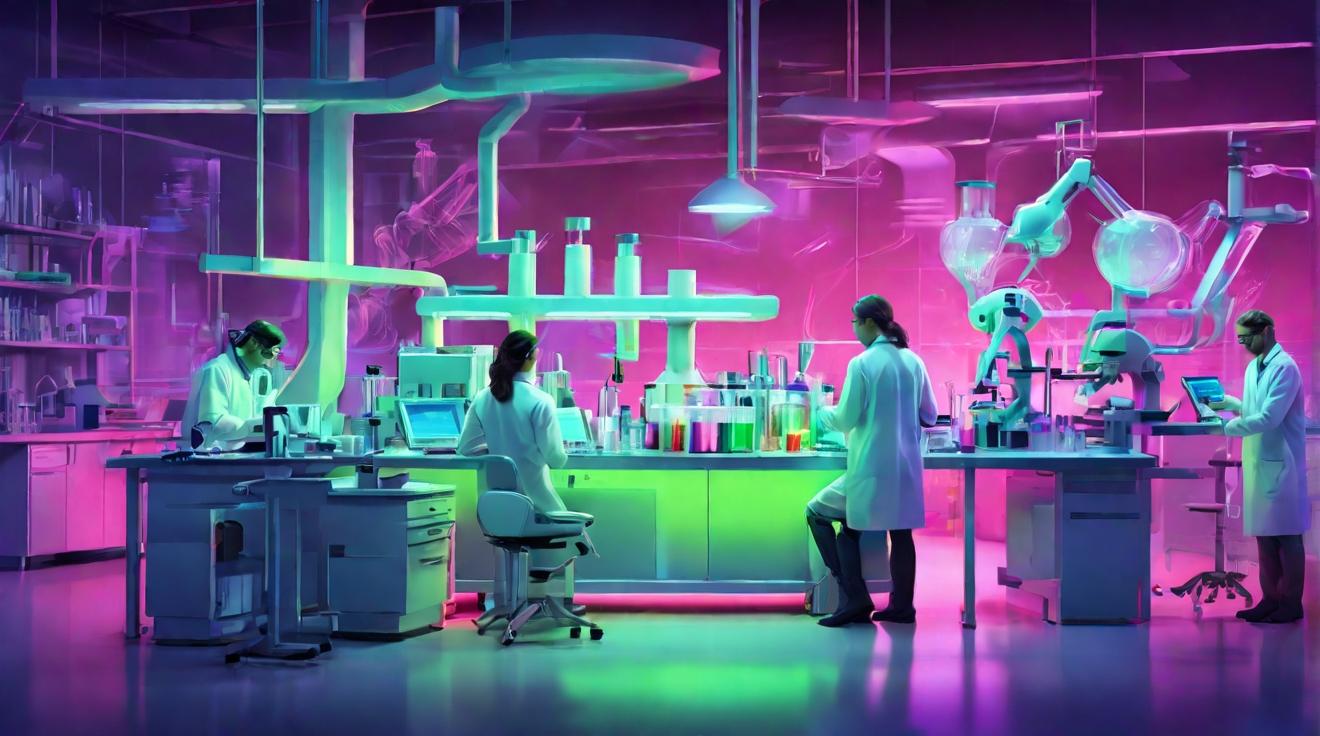Understanding V2X Technology
Vehicle-to-Everything (V2X) technology is part of the broader concept known as the Internet of Things (IoT), which connects various devices to the internet to improve functionality and convenience. In the context of V2X, this technology allows vehicles to communicate with each other and with traffic infrastructure, such as traffic signals and road signs. For example, if there is fog or ice on the road ahead, V2X-equipped cars can warn each other, much like how planes communicate to avoid collisions.
The Government's V2X Initiative
The US Department of Transportation (DOT) has introduced the Saving Lives with Connectivity plan, aiming for a safer and more efficient transportation system. This approach is part of the DOT's mission to achieve zero roadway fatalities by utilizing V2X technology. The plan was initially released as a draft for public feedback and is designed to enhance road safety while ensuring privacy and consumer protection.
V2X in Action
V2X technology enables vehicles to exchange location, speed, and road condition information with each other, as well as with infrastructure. This is particularly useful in poor visibility conditions such as fog or heavy rain. The technology could potentially prevent crashes and reduce the severity of accidents by allowing vehicles to communicate and react quickly to road hazards.
Challenges and Concerns
Despite its potential, V2X technology is not without challenges. Cybersecurity is a significant concern as more vehicles and infrastructure connect to the internet. There's a risk of cyberattacks compromising vehicle safety and privacy. Moreover, the cost of implementing V2X technology is another factor that needs to be addressed.
Another issue is whether pedestrians and cyclists will opt to carry V2X devices. These devices can make them electronically visible to vehicles, which could enhance their safety but also raises privacy concerns.
Moving Forward
The DOT's plan includes short-term goals, such as implementing V2X infrastructure on 20% of the National Highway System by 2028. However, the success of V2X technology will depend on public acceptance and how well privacy concerns are addressed. While some individuals may resist this new technology, the increasing use of smartphones that track user movements suggests a shift in privacy expectations.
As V2X technology develops, it will be crucial to monitor public perception and address any concerns to ensure a successful rollout of this potentially life-saving technology.













